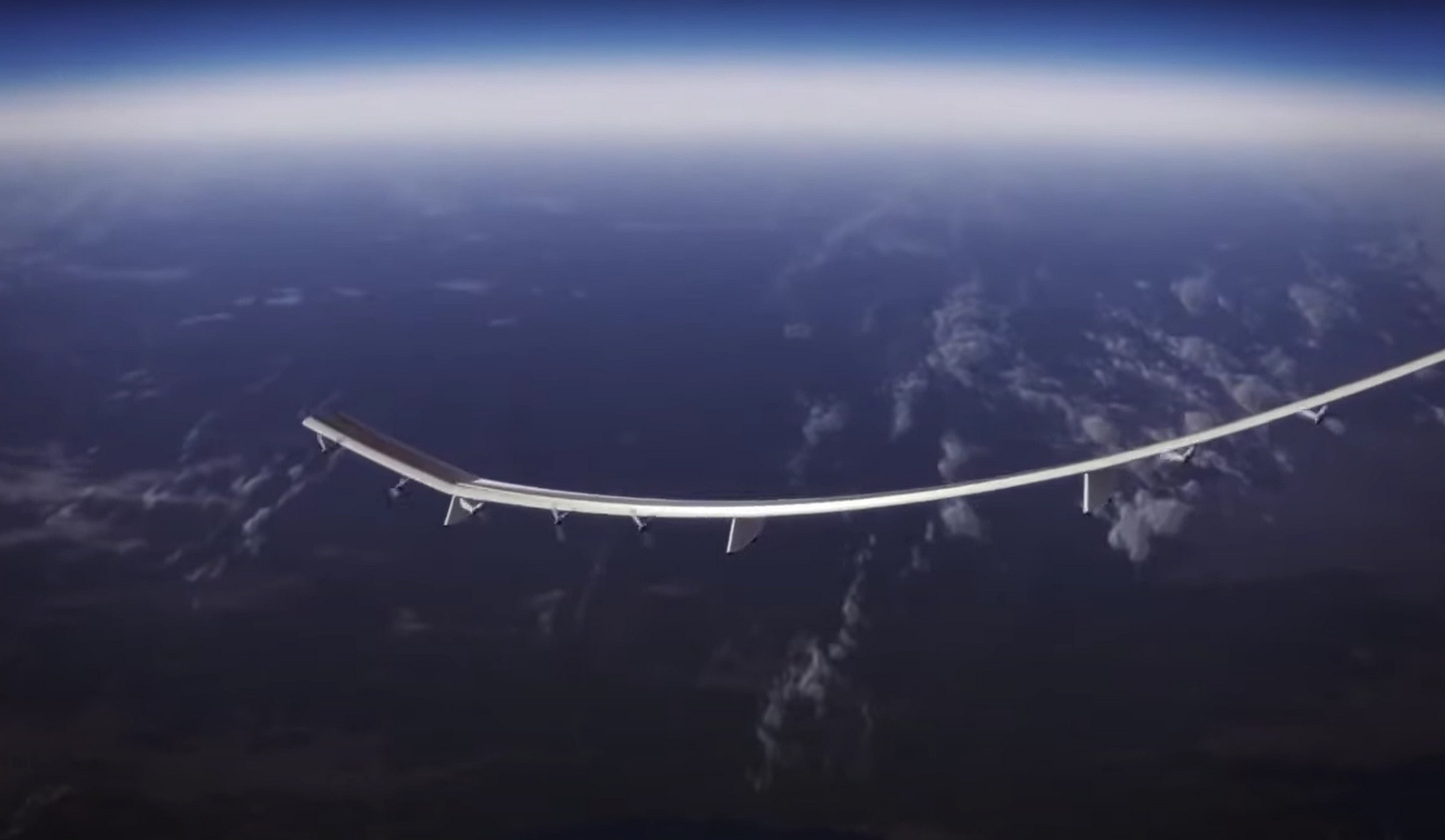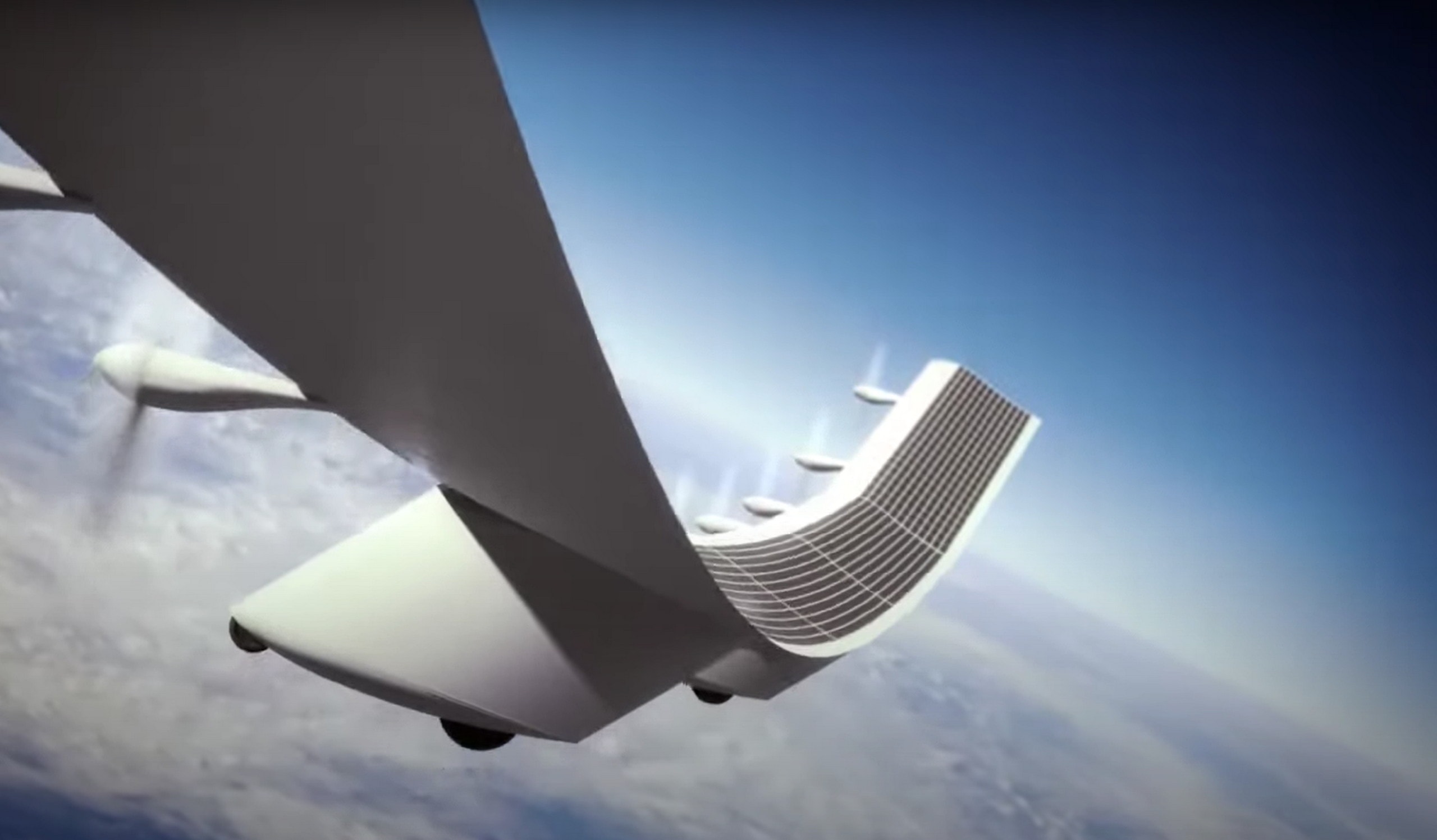A significant advancement in solar powered aviation has been achieved with the recent successful test flight of the Horus A drone. Developed by AeroVironment, this military-grade aircraft is a modified version of the civilian Sunglider, a high altitude pseudo satellite (HAPS) designed to provide wireless communication services.
Powered exclusively by solar energy, the Horus A has demonstrated remarkable capabilities, including extended endurance, a substantial payload capacity, and cutting-edge communication technologies.

The Horus A’s impressive performance is a testament to the potential of solar-powered flight. Its ability to operate autonomously for extended periods without refueling or recharging is a breakthrough that could revolutionize the field of aviation.
Additionally, the drone’s ability to carry a significant payload, including advanced sensors and communication equipment, opens up new possibilities for various applications, such as disaster relief, environmental monitoring, and military operations.
The successful test flight of the Horus A is a promising sign for the future of solar powered aviation. As technology continues to advance, we can expect to see even more innovative and capable solar powered aircraft that will reshape the way we travel and communicate.
The Horus A, a new drone developed by AeroVironment, has completed its first test flight, demonstrating its remarkable capabilities for carrying and operating various payloads simultaneously.
During the flight, the drone transmitted data in real time, showcasing its advanced communication abilities while also validating its redundant systems, payload interoperability, and performance enhancements. The Horus A proved its resilience to adverse weather conditions, demonstrating its reliability and adaptability to challenging environments.

Moreover, the drone’s ability to be controlled via a satellite based radio system ensures its operational flexibility and long range capabilities. This versatile drone is designed to provide the American military with a valuable tool for a wide range of missions, including communications, network extension, navigation, intelligence, surveillance, and reconnaissance (ISR).
Notably, the Horus A could facilitate the deployment of swarms of fighting drones like the Switchblade 600, significantly enhancing the military’s tactical capabilities. While the exact timeline for the drone’s operational readiness remains undisclosed, AeroVironment is actively working towards making the Horus A a valuable asset for military operations, contributing to the advancement of drone technology and the future of warfare.

